by Calvin Kumala
Collaborative Innovation and co-learning methodology have been promoted by the International Land Coalition (ILC) as the best method to learn and understand similar struggles that are experienced by various land defenders and indigenous people from all over the world. Through this breakout session, ILC has provided the platform for various land right organisations to network and to share their knowledge and experiences on how to tackle land conflicts in order to create a true people-centered land governance. In this breakout session, representatives from different organisations came together to share their successes and their struggles to defend people’s land rights.
Nicole Moreno, a representative from IBC Peru, opened the breakout session by asking the participants on what collaborative innovation and co-learning really mean. After questioning participants’ notions and preconceptions on what territory is, she introduced the idea of participatory mapping – a tool that utilises modern cartography with active participation from both the government and the local communities to indicate the spatial knowledge of the local environment. Local inhabitants have the necessary understanding of their own land. Pedro, another representative from IBC added that it is crucial for indigenous people to discuss and map out the communal activities done in different regions in the area. Participatory mapping allows everyone to be involved in the process of making a map that is dynamic and ever-changing according to the current climate situation and the needs of the local people. Such method allows traditional elements of the land that are often neglected to be represented clearly as communities can indicate territories that they consider vital, such as sacred areas and natural resource management practices. Pedro also believed that this tool can be adapted in different context and different countries regardless of the scale of the territories.
Having successfully mapped 10.2 million hectares of land in Indonesia, Indonesia Community Mapping Network (JKPP) is a prominent player when it comes to the idea of participatory mapping. Iman Hanafi, a spokesperson from JKPP further elaborated on the idea of participatory mapping through interactive activity where participants, acting as either the government or the local community, were asked to divide a given map into different regions with different functions. As a result, there is a stark difference between what the government wants and what the local communities want. Participatory mapping therefore can be used to minimise land conflicts due to such differences by making certain compromises and agreements on how the land shall be used between the two parties. Iman highlighted that JKPP will continue to play an active role to accommodate people’s will and to bring land conflict issues to the decision-making table.
The biggest challenge of creating an equitable land distribution is the presence of corrupt government officials. Christian Taku Jitar, a coordinator from Community Assistance in Development (COMAID) Cameroon outlined certain techniques and bold strategies to deal with corrupt government that is still very prevalent in most ILC members’ countries. Land defenders have to use the interest of the Government Officials and traditional rulers to lobby for their support by showcasing project outcome that is catered to their interests. Defenders also need to possess a strong understanding of the subject matter by giving examples of successful events in the past as well as demonstrating a good knowledge of all the relevant laws and regulations. According to his experience, land grabbers and investors always influence traditional rulers to sabotage the resistance project for fear of dispossession of their acquired land. He therefore outlined three key lessons learnt from working with corrupt leaders:
- Effective enrolment of corrupt leaders can guarantee the achievement of project results and guarantee a systematic transparency and accountability in land allocation processes
- The use of GIS in community land protection project has proven to be a good lobby and advocacy tool to convince corrupt officials to engage and support community land protection projects
- Engaging corrupt leaders helps for the legitimate recognition of the customary land rights of local communities.
Representing Namati from Kenya, David James described the importance of creating ‘by-laws’ in order to address problems such as unaccountable leaders, intra-community discrimination and other unwritten rules. By-laws are regulations that are created by and for the local people themselves regarding various key issues that are pertinent in the society. By-laws therefore give local communities the power to discuss and shape their own environment on different issues. The process starts by creating an extensive inventory of regulations that are applicable to the community. This is followed by several meetings among the different demographics (men, women and youth) who can negotiate the laws to safeguard their interests. Legal experts will review the existing by-laws to ensure that they comply with national law and human rights framework.
Sophia Masuka, a communication and advocacy director of the Tanzania Natural Resource Forum (TNRF), ended the breakout session by demonstrating the power of media in raising awareness on issues regarding land rights. A strong media presence can be used as a campaigning tool to reach out to either a specific community or a broader audience depending on the target group of the campaign. Other than advocating issues on land rights, TNRF also provide a channel where decision makers and local communities can have a robust discussion regarding how the land should be governed. Sophia also reiterated the importance of bridging the knowledge gap between the people and the government by simplifying complicated sentences or technical languages that are often found in local laws and regulations so as to allow people to better understand their rights. Through this, local communities will never be left out from the discussion as they are constantly updated with the progress done regarding land issues.
